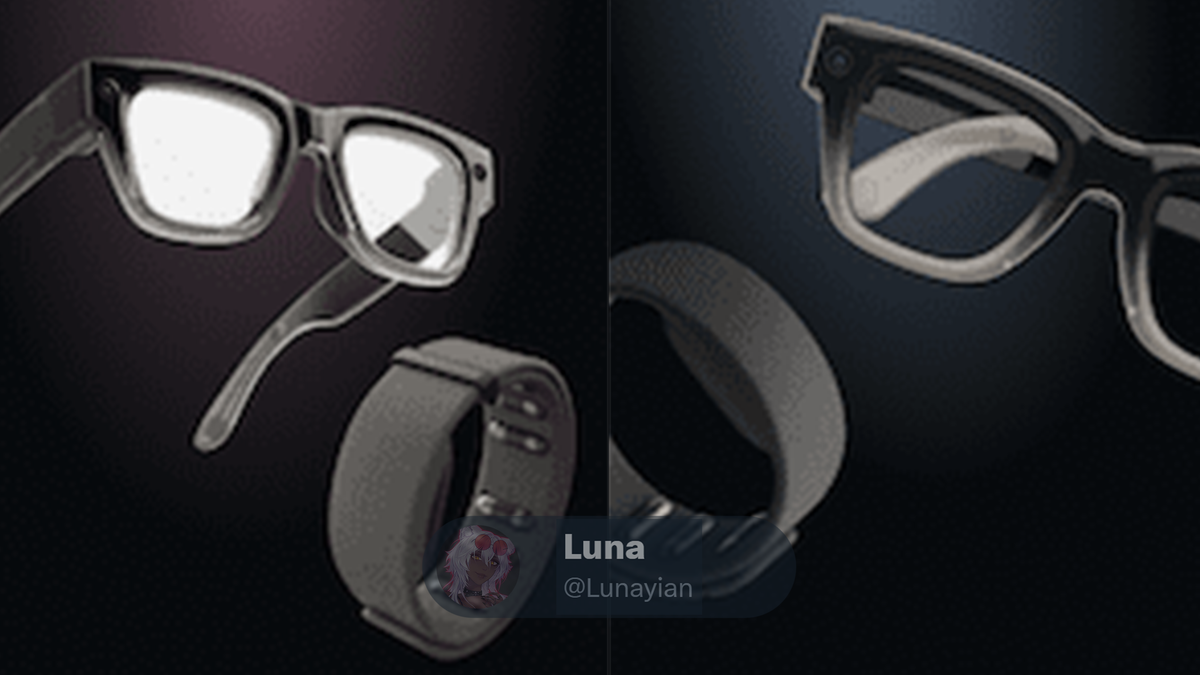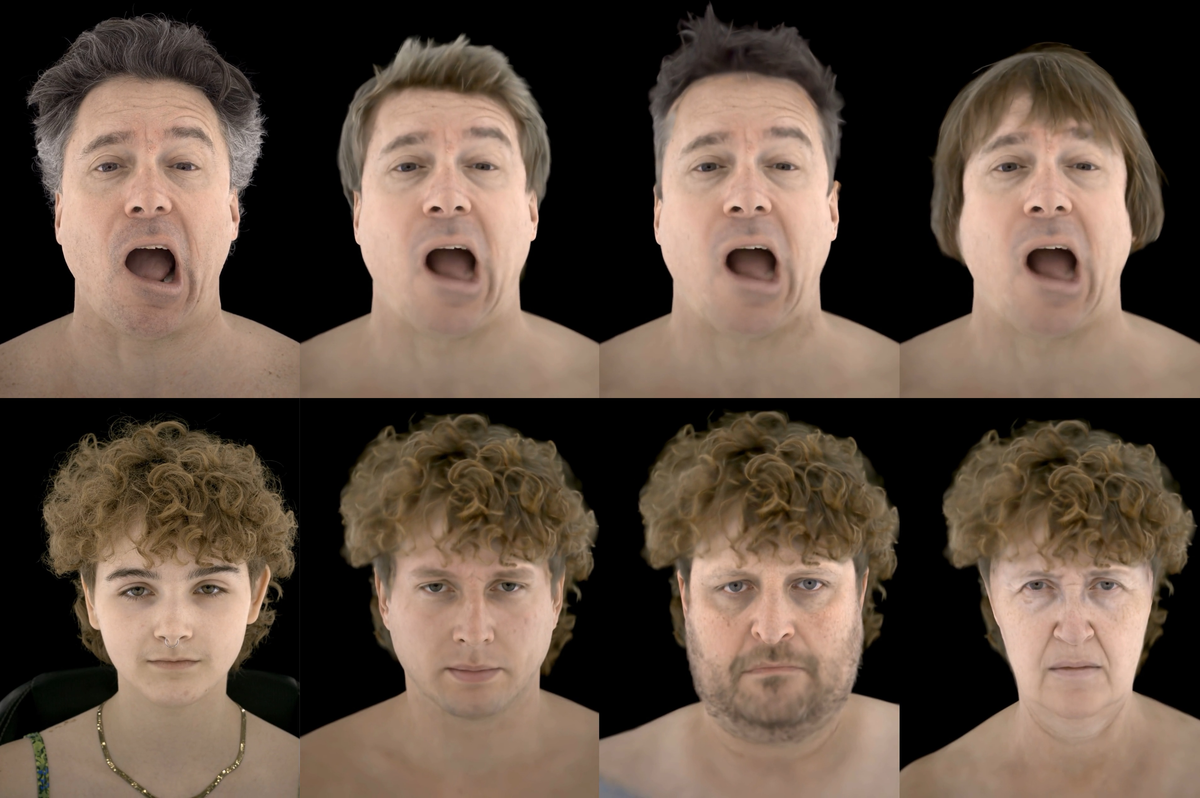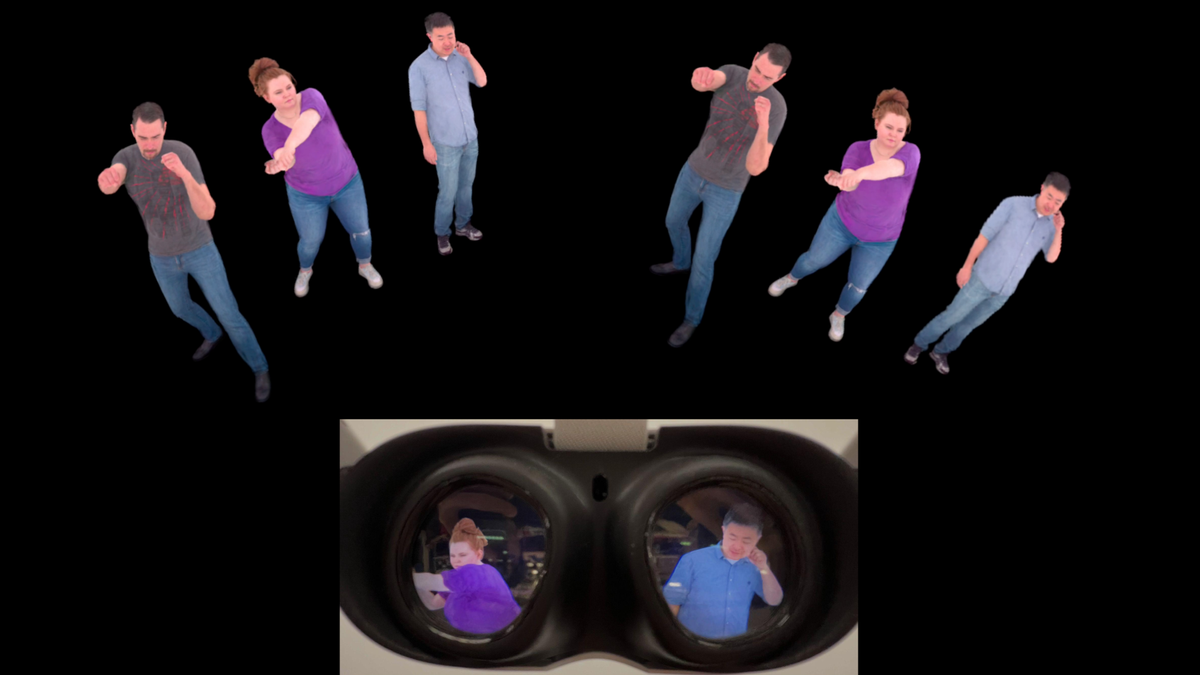Meta CTO Andrew Bosworth teased what to expect at Meta Connect 2025, which takes place September 17-18.
In an ask-me-anything (AMA) session on Instagram, Bosworth hinted that Connect 2025 will see “big wearables announcements”, as well as AI and “metaverse software”.
“There’s a lot to look forward to”, Bosworth said.
“Big Wearables Announcements”
It seems very clear what Bosworth means by “big wearables announcements”.
Leaks and reliable reports from The Verge, The Information, The Financial Times, and Bloomberg’s Mark Gurman suggest that the hardware focus of Connect 2025 will be the launch of Meta’s first smart glasses with a display, which may be called Meta Celeste.
Meta Celeste will have a small heads-up display (HUD) in the right eye. Leaks suggest that this HUD will show the time, weather, notifications, previews of captured photos, turn-by-turn navigation directions, captions and translations of real-world speech, and Meta AI responses as text instead of audio.
Reportedly priced north of $1000, Celeste will include Meta’s long-in-development sEMG wristband in the box for finger gesture controls.
Meta HUD Glasses Name, Design & EMG Wristband Gestures Leak
The name, design, and key finger gestures of Meta’s smart glasses with a HUD and neural wristband, expected to launch in October, have leaked.

While Celeste will have a display, it will only be in one eye, won’t have a particularly wide field of view, and it won’t have positional tracking. Thus, it won’t be able to anchor virtual objects and interfaces into the real world.
Meta has been working on true AR glasses for around 10 years now, though, and at Connect 2024 last year showed off a fully-integrated AR glasses prototype, Orion. However, the company admitted that Orion itself won’t become a product, as it relies on a material that isn’t yet possible to affordably manufacture at scale, and won’t be any time soon, such that each unit would have to cost over $10,000 to sell.
While it’s possible that Meta will share an update on its progress towards true AR glasses at Connect 2025, it seems unlikely, as it would risk overshadowing Celeste. As such, we expect the company to give only vague hints about the current timeline for true AR.
Oakley Meta Glasses Have Longer Battery Life Of Ray-Bans & Capture 3K Video
The Oakley Meta HSTN glasses were just officially announced. They have 40% more battery life than Ray-Ban Meta and capture 3K video, up from 1080p.

That’s not to say that Meta Celeste and its included wristband will be the only hardware launch of Connect 2025.
Mark Gurman reports that Meta and its partner EssilorLuxottica, the French-Italian eyewear giant that owns the Ray-Ban and Oakley brands, plan to launch Oakley Meta Sphaera glasses later this year too, featuring a centered camera better suited for first-person video capture. The two companies just launched Oakley Meta HSTN glasses.
What’s less clear is what Bosworth means by “metaverse software”.
Meta Teases AI Generation Of Entire Horizon Worlds Coming “Very Soon”
Meta Horizon Worlds Desktop Editor is getting AI Environment Generation “very soon”, teased to let creators generate entire worlds from a text prompt.

Meta has repeatedly teased the ability to AI-generate entire environments in the Horizon Worlds Desktop Editor, and this may be what Bosworth is referring to.
He could also be referring to Quest’s Horizon OS. Datamining and findings across v78 and v79 PTC (Public Test Channel) suggest that Meta has begun the process of revamping the Home system of the Horizon platform, and you can read about that here.
Quest PTC Findings Tease Big Changes To Horizon Home & Social Features
Luna’s findings across Quest v78 and v79 PTC suggest that Meta is revamping the Home and Worlds social components of the Horizon platform.

Meta might also be preparing to finally launch its long-in-development Codec Avatars technology, after more than a decade of research. Its aim is to deliver social presence, the subconscious feeling that you’re truly with another person, despite them not physically being there. No flatscreen technology can do this. Video calls don’t even come close.
Over the past year, Meta has moved to a Gaussian splatting approach for Codec Avatars, allowing the highest-quality versions to be generated by a smartphone scan. These newer Gaussian Codec Avatars are also inherently relightable, making them highly suitable for practical use in VR and mixed reality.
Meta’s Photorealistic ‘Codec Avatars’ Now Have Changeable Hairstyles
Meta’s prototype photorealistic ‘Codec Avatars’ now support changeable hairstyles, separately modeling the head and hair.

Most recently, Meta has shown off research on a version that adds a compositional split between the head and hair, allowing the hairstyle to be changed and improving its realism, as well as a full-body version that, while not able to be generated from a smartphone scan, can run in real-time on Quest 3.
However, neither Quest 3 nor Quest 3S have eye tracking or face tracking, and there’s no indication that Meta plans to imminently launch another headset with these capabilities. Quest Pro had both, but was discontinued at the start of this year.
One possibility is that Meta launches a rudimentary flatscreen version of Codec Avatars with AI-simulated face tracking first, to let you join WhatsApp and Messenger video calls with a more realistic form than your Meta Avatar.
Meta Got 3 Full-Body Codec Avatars Running On Quest 3
Meta distilled its full-body Codec Avatars tech to render 3 at once on Quest 3 standalone, with some notable tradeoffs.

UploadVR will bring you full coverage of Meta Connect 2025, breaking down the biggest announcements and plotting Meta’s path into the second half of this decade as it competes with the other tech giants to own the future of personal computing.
